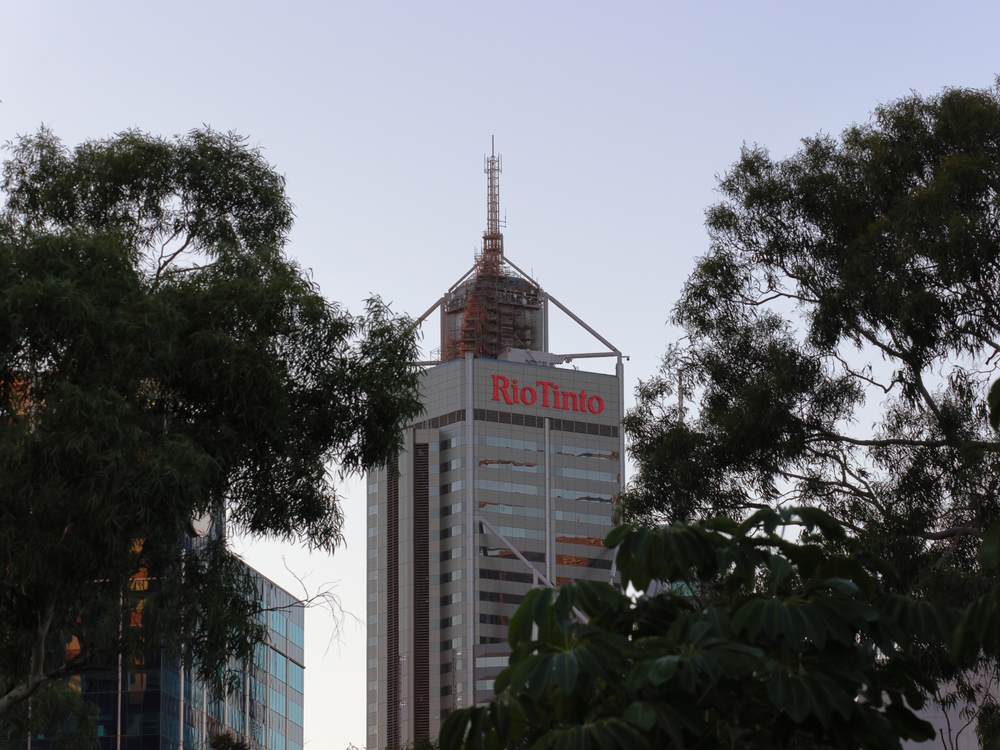New data suggest that Aboriginal people used the caves as far back as the last Ice Age.
Others are reading now
In 2020, two sacred caves in Western Australia’s Pilbara region were destroyed by the mining giant Rio Tinto, sparking outrage and highlighting the need for better protection of cultural heritage.
Had Necessary Permits
Now, Tech writes about a new report sheds light on the profound historical significance of these caves, known as Juukan Gorge 1 and 2, which were used by Aboriginal people for approximately 47,000 years.
The destruction of these caves occurred despite Rio Tinto having received the necessary permits from Australian authorities in 2013.
Archaeologists, who began excavating the sites in 2014, uncovered thousands of artifacts dating back 28,000 years, with evidence of human presence extending as far back as 46,000 years.
Also read
Used in the Last Ice Age
The latest research, published in the journal Quaternary Science Reviews, extends this timeline by an additional 1,000 years, suggesting that Aboriginal people used the caves as far back as the last Ice Age. Artifacts included ancient hair braids, tools, and animal bones, revealing a continuous occupation of the sites.
The Juukan Gorge sites were not just archaeological treasures but held deep cultural significance for the Kurrama people, the traditional custodians of the land. They had discovered evidence of glue made from spinifex grass, animal bones, and a kangaroo bone stained with ochre, indicating ritualistic use.
Following the destruction, further investigations uncovered more artifacts including shell beads, tools made from bone, and evidence of early plant processing. These findings underscore the depth of Aboriginal history that was lost when the sites were destroyed.


